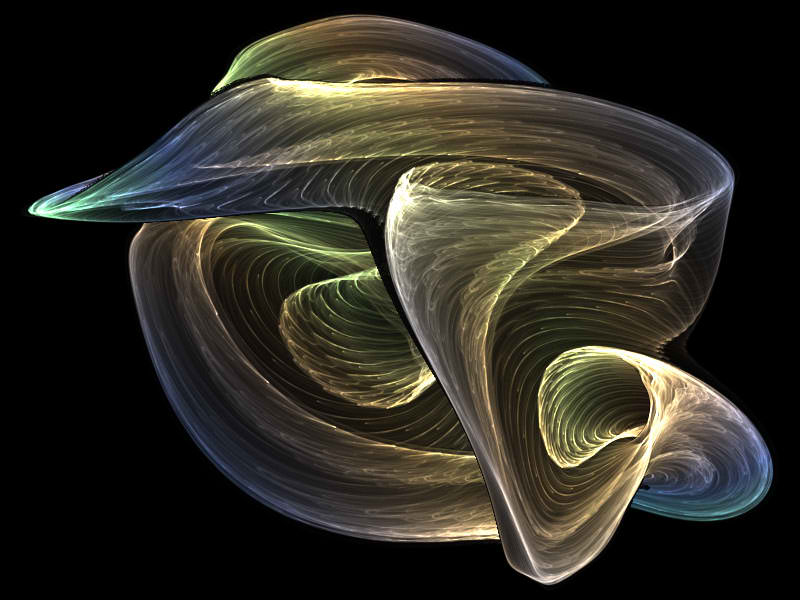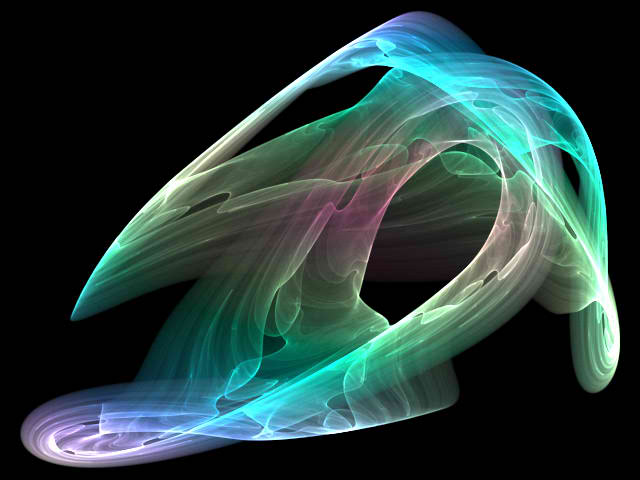 |
 |
 |
Convergent cross mapping (CCM) provides a model-free approach to detecting dependencies and establishing causality in complex non-linear systems, even in the presence of feedback loops and unmeasured confounding [1]. CCM derives this power from explicitly capturing time-dependent dynamics through a technique known as state-space reconstruction (SSR). In practice, this analysis typically requires 25 or more time points, measured with sufficient density to capture system dynamics.
To get a feel for the algorithm and the intuition behind it, we highly recommend the following two videos from George Sugihara‘s group at UCSD:
The following video will explain this concept using the Lorenz attractor (or butterfly manifold) as an example system.
In summary, the first animation explains how time series can be viewed as projections of higher-dimensional system dynamics. In this light, one can see that time series of individual variables each contain information about their full causal system. The second animation explains a corollary to this observation: shadows of full causal systems can be constructed using individual time series. For further details, please feel free to consult the original reference (below), or our description in the CauseMap manuscript.
Libraries are the collection of data points used for cross mapping. Convergent cross mapping gets its name because, if a relationship is truly causal, predictive skill should converge with library size (read: amount of data used). Library-relevant parameters are:
Note: the bootstrapping approach generally performs better than sliding windows because it isn’t as sensitive to secular trends.
In future releases, this will be the default.
| [1] | Sugihara,G. et al. (2012) Detecting causality in complex ecosystems. Science, 338, 496–500. |